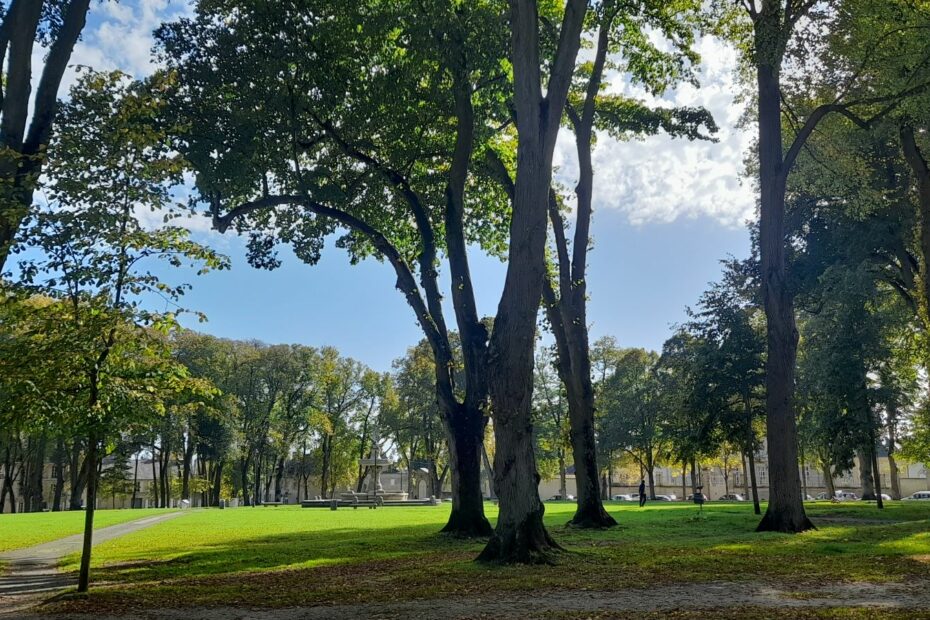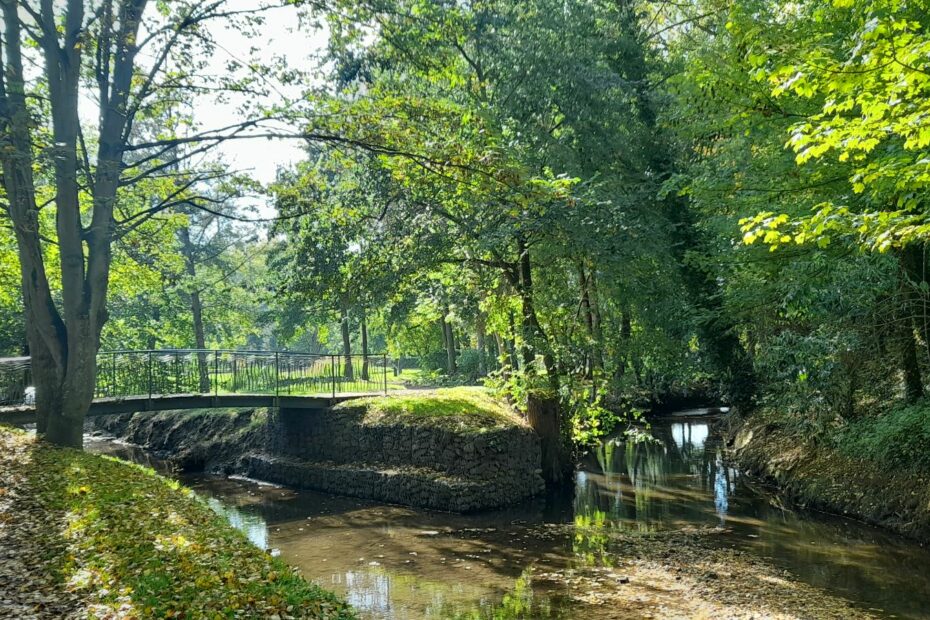MY BEST TRAVEL TIPS FOR NORMANDY
A FREE TRAVEL GUIDE CREATED BY A LOCAL
Explore the D-Day landing beaches, experience Bayeux and discover more in the surrounding area
You are interested in visiting the D-Day Beaches in Normandy and seeking recommendations from a local tourism professional to explore other sites in the area?
LOOK NO FURTHER : with my expertise in local tourism in Bayeux and its surroundings and as a native of Normandy, I have a wealth of valuable advice to offer !
Consider spending a few days in Bayeux , a charming town near the D-Day landing beaches and discover other must-see attractions in the vicinity.
Additionally, why not enjoy a night at Mont-Saint-Michel or in Honfleur, a picturesque port town along the Seine river?
By following my guidance, you can easily plan your trip :
You will get practical advice and without advertising, which is not bad, right ?
AND ALL FOR FREE !
BECAUSE I JUST WANT TO SHARE ALL MY GOOD TIPS TO ALLOW EVERYONE TO DISCOVER MY DEAR NORMANDY.

MY TIP #1
STAY IN BAYEUX !
Bayeux is a lovely medieval little town at the doors of the D-Day landing beaches.
Click on each photo to enlarge.
A bit of history about Normandy...
1- Who founded Normandy, known as "the land of North" ?
The Viking leader Rollo, also known as Rollon, established the duchy of Normandy. In the 9th century, the banks of the Seine and the coasts of the English Channel faced violent and destructive Viking attacks. Originating from Scandinavia, the Vikings gradually settled in the region. In 911, the Carolingian king Charles the Simple halted these invasions with the treaty of Saint-Clair-sur-Epte. As part of the agreement, he granted Rollo a territory similar to Upper Normandy. In return, Rollo converted to Christianity and ensured peace.
Thus, Normandy, also referred to as « the land of the North, » was founded, with Rollo becoming its first Duke. By 933, Normandy had already expanded to its present-day boundaries.

Popa de Senlis, also known as Poppa de Bayeux, was one of Rollo’s concubines. She was born in Bayeux in 880. Popa had at least two children with Rollo.
A statue honoring her stands atop a fountain at the center of Place de Gaulle in Bayeux, situated on the site of the city’s 10th-century fortified castle, which was dismantled starting in 1773.
2- William the Conqueror and Bayeux Tapestry
Who was Guillaume Le Conquérant (William the Conqueror), Duke of Normandy and King of England?

William was born in Falaise in 1027 as the illegitimate son of Robert the Magnificent, Duke of Normandy, and Arlette de Falaise, a woman of humble origins. This led to his nickname of William the Bastard. He became the seventh Duke of Normandy in 1035 at the age of 8 following his father’s death.
Despite facing opposition from Norman rebel barons who challenged his authority, William eventually established his rule after winning the Battle of Val-ès-Dunes near Caen in 1047.

THE BATTLE OF HASTINGS IN 1066 FOR THE CONQUEST OF ENGLAND
TO SIMPLIFY…
1- In 1066, King Edward the Confessor of England passed away without leaving any heirs. He had designated William, Duke of Normandy, as his successor.
2- However, Harold Godwinson, Earl of Wessex, who was the wealthiest and most influential baron in England at the time, went back on his word and was chosen as the new King of England by a group of nobles and clergy. He was swiftly crowned the day following Edward’s death.
3- This led to Williamto take action and fight in England to reclaim his rightful crown.
ON OCTOBER 14th, 1066 THE BATTLE OF HASTINGS BEGAN
signaling a crucial moment in history.
After fierce fighting, Harold was defeated, allowing William and his troops to emerge victorious.
Acknowledging his success, William took the name of « William the Conqueror ».
He was crowned as the King of England on December 25th, 1066 at Westminster Abbey in London.
The story behind the Battle of Hastings and the battle itself are vividly illustrated on a 70-meter linen embroidery known as the
BAYEUX TAPESTRY
This remarkable artwork provides a detailed portrayal of the Norman Conquest of England.
The victory in 1066 marked the beginning of the Anglo-Norman era.
Normandy’s ties with France were solidified in 1204 when King Philippe Auguste of France’s army seized Château-Gaillard in Les Andelys, bringing Normandy definitively under French control once more.






